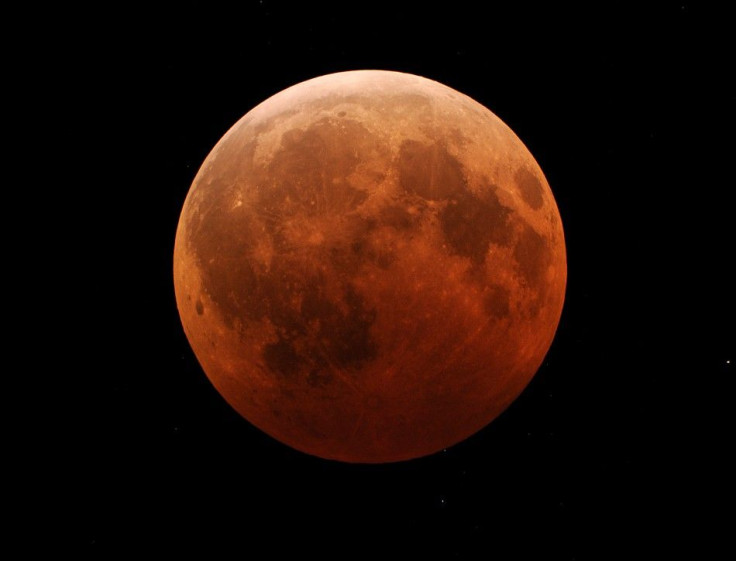The longest total lunar eclipse to be observed on June 15 - A Preview of its Brilliant Red Glow [PHOTOS]

This coming Wednesday, most regions of the earth are expected to experience the longest total lunar eclipse since July 2000.
A lunar eclipse occurs when the earth passes directly between the sun and the moon, blocking the sun's rays from shining on the moon. As the moon passes into the Earth's shadow, observers can see a full moon redder than usual. A lunar eclipse usually lasts for a few hours, whereas a solar eclipse lasts for only a few minutes.
From the earth, the moon will appear to darken and turn a deep red before eventually returning to normal, explained NASA officials, Space.com reported. When light from the sun goes by the side of the Earth, it passes through a long and thick layer of Earth's atmosphere. Shorter wavelengths of sunlight, like blue, are scattered by the atmosphere, so by the time the light has finished its trip to the moon, more of the longer wavelenghs, like red, are left over. On the Earth, the same thing happens at sunset as the ground you stand on gradually passes into night.
On June 15, 2011, the total lunar eclipse will be witnessed in Europe, central Asia, the Middle East, the eastern half of Africa and western Australia. Unfortunately, it will not be visible from North America.
The eclipse will occur during June's full moon, beginning at 1:24 p.m. EDT and ends at 7 p.m. EDT.
The period of total eclipse will be 100 minutes, the duration of which rivals only three other eclipses in the last 100 years.
The second (and last) lunar eclipse of 2011 will occur on December 10, another total eclipse. That is when those from North America can enjoy the moon's red glow with the naked eye.
© Copyright IBTimes 2024. All rights reserved.











